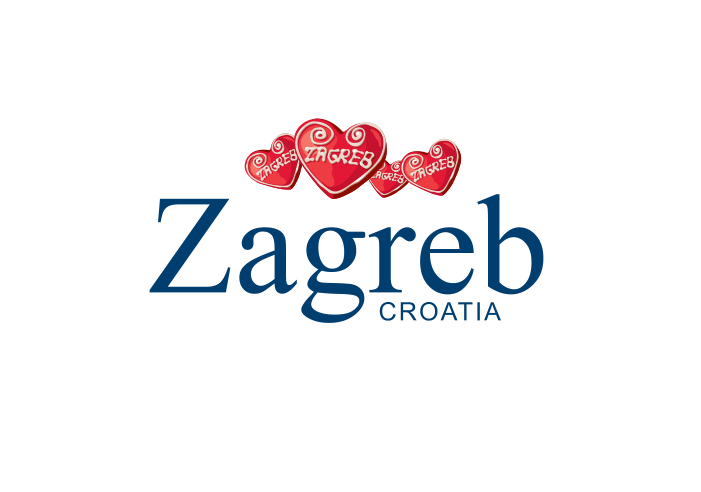Pag
Croatia, North Dalmatia, Pag
The town of Pag have a rich offer of the ancient monuments, culinary delights and an entirely different nature with magically beautiful stone scenery. At first glance the Island of Pag is a rough, stone made, edged with sky-blue sea and placed under the wing of the Velebit Mountain. It is often called "Island of Rock " or "Lunar Island" because its surface has a somewhat intimidating appearance with a stone white from gale, rugged in so many forms that only nature can create, that occupies even 86% percent of the island's surface.
The island of Pag is known as one of the sunniest islands in the Adriatic, with over 2,500 hours of sunshine per year, its coast is woven of even 270 km of pebbly beaches with crystal clear sea. Among more than a thousand islands in the Adriatic, Pag is quite different from the others: the armor of stone hides away the richness that hardworking hands of islanders were creating for centuries, always struggling much more than others. So it is worth a visit to discover its many faces and enjoy them.
The island of Pag has geographical position that is cut through the middle by 15th Meridian according to which a Central European Time is counted. Due to cross 15th Meridian the town of Pag had one of the first sundials in Europe that would be found in the coastal part of the old city. Label of 15th Meridian is located about 5 km from the town of Pag on unsealed road that goes from area Bošana to Zrće beach. In the line of intersection is dark, marble monument on which are inscribed the cross.
Suhozidi, dry stone walls, are an important part of the Pag past and eternal monument to a life of Pag farmers who built and maintained walls for centuries. The island of Pag is one of the richest areas in Croatia in length-preserved stone walls which is on the island about 1000 kilometers. Built as a natural border between pastures, high enough that the sheep cannot jump over them and a strong wind can't knock them down. Specificity of these stone walls is that they have been built in two, three and even four rows. Their building was not easy, stones are sometimes reached the weight of 50 to 60 kilograms, and in parts of pastures builders were faced with major obstacles. Because of their great importance, and to prevent their destruction, in the last few years attempts are being made to protect the drywall construction on Pag.






